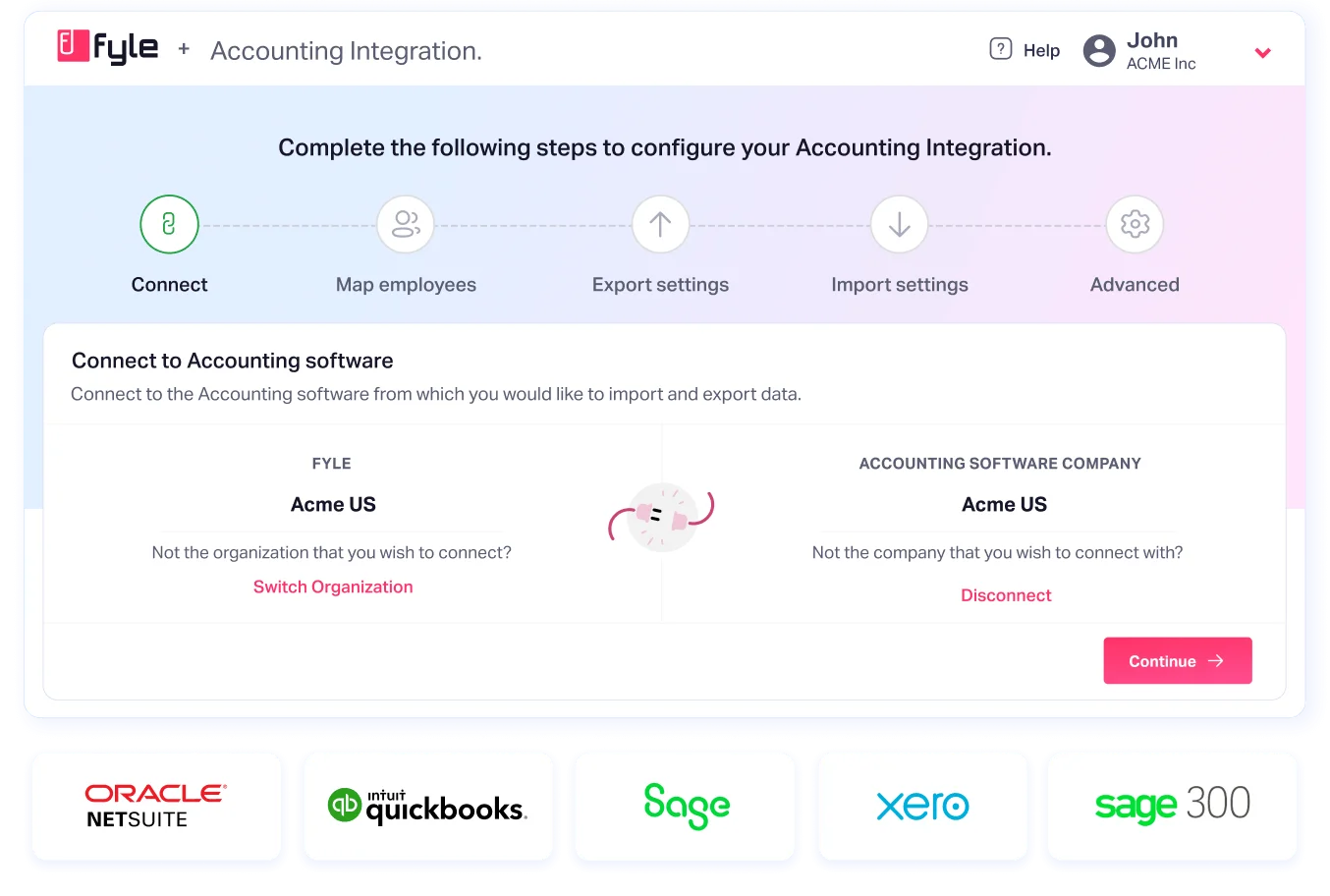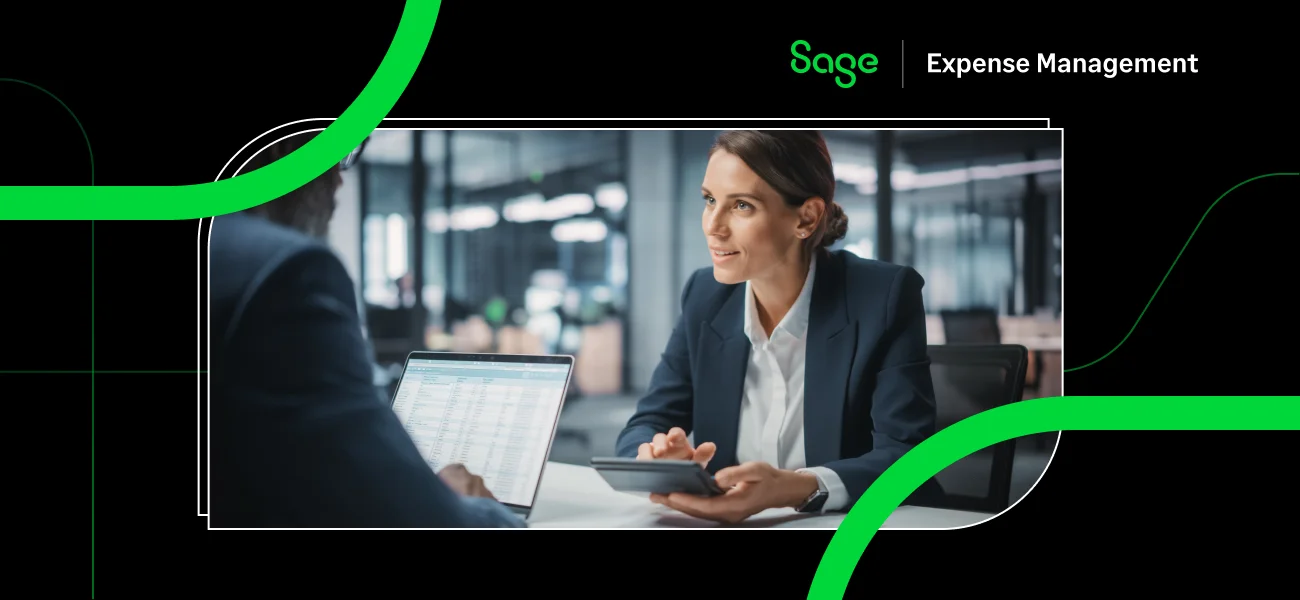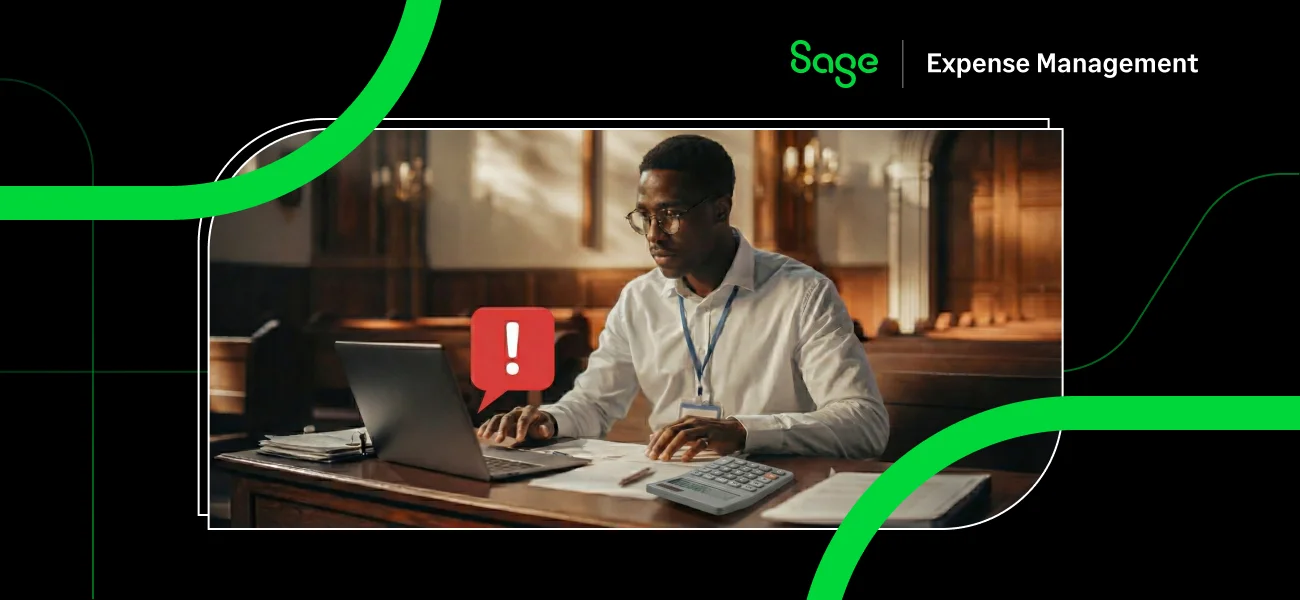Expense reports. They're often seen as a necessary evil in the corporate world, a tedious chore for employees, and a reconciliation nightmare for finance teams. Yet, effective expense reporting is far more than just getting reimbursed; it's a crucial component of financial health, operational efficiency, and regulatory compliance for any business.
This guide will cut through the complexities, outlining the key steps for a successful expense reporting process, highlighting the common pitfalls that undermine efficiency, and demonstrating how modern solutions can fundamentally transform this vital function.
What is an Expense Reporting Process?

At its core, an expense reporting process is a structured method your business uses to manage the money its employees spend on work-related expenses. Beyond simply reimbursing employees, this process ensures that all financial data related to these expenses is accurately entered into the company's official financial records, providing a clear trail of every dollar spent on business activities. It's the mechanism that brings order and accountability to employee spending.
Why a Robust Expense Reporting Process is Essential for Your Business
A well-managed expense reporting process isn't just about getting employees paid back; it underpins several critical business benefits:
- Enhanced Financial Visibility: Provides clear insights into where company funds are being spent, enabling better tracking of operational expenses.
- Improved Budget Control: Enables accurate tracking against departmental and project budgets, allowing managers to make informed spending decisions.
- Ensured Regulatory Compliance: Creates verifiable records essential for tax deductions, financial audits, and adherence to industry regulations.
- Faster Reimbursements: Accelerates the payback of out-of-pocket expenses, boosting employee morale and reducing personal financial strain.
- Fraud Prevention: Establishes clear controls and oversight mechanisms to mitigate fraudulent claims and unauthorized spending.
Key Steps in an Effective Expense Reporting Process
This section will break down the systematic phases involved in a well-managed expense reporting process, from policy setting to final reconciliation.

Step 1: Policy Creation and Communication
Success begins with clarity. This step involves defining clear, unambiguous expense policies. These policies outline the types of expenses covered, specific spending limits, required documentation (e.g., itemized receipts versus credit card slips), and submission deadlines.
It's crucial to ensure these policies are easily accessible (e.g., in a physical handbook or shared document) and thoroughly understood by all staff members to minimize confusion and non-compliance.
Step 2: Expense Incurrence and Receipt Collection
As employees incur business expenses (e.g., a client lunch, office supplies, travel), they must collect and safeguard paper receipts. This often means stuffing them into wallets, envelopes, or even shoeboxes.
The immediate challenge here is ensuring that every single piece of physical documentation is secured and not lost, faded, or damaged before it can be processed.
Step 3: Report Generation and Submission
At the end of a reporting period (e.g., weekly or monthly), employees compile their individual expenses. This typically involves transcribing details from receipts onto forms or spreadsheets.
Accuracy in data entry is paramount, along with the careful attachment of physical receipts (often taped or stapled) to the report. The completed physical report is then submitted to a manager, usually via internal mail or direct hand-off.
Step 4: Approval Workflow and Review
This crucial stage often becomes a bottleneck. Managers or designated approvers receive and review paper expense reports or review attachments sent via email.
They manually verify details against policies, often requiring physical signatures for approval or engaging in back-and-forth email communication for clarification. This manual verification process can lead to significant delays and reports getting lost in queues.
Step 5: Accounts Payable Processing and Reimbursement Issuance
Once approved, the reports are then forwarded to the Accounts Payable (AP) department. This involves entering data into AP systems from approved paper reports.
Finance teams meticulously verify each line item before disbursing funds to employees, typically by issuing physical checks or initiating individual ACH transfers. Prompt payment here is key to maintaining employee morale and productivity.
Step 6: Accounting Integration and Posting
Approved expense data then needs to be integrated into the company's core accounting system. This often involves data entry or batch imports from spreadsheets into the GL.
Expenses must be correctly categorized (e.g., by department, project, or cost center) and manually posted to the General Ledger (GL) to ensure the accuracy of financial statements.
Step 7: Monitoring and Audit Preparation
The final phase involves ongoing monitoring. This means comparing internal ledgers with external bank and credit card statements to identify discrepancies.
Financial audits necessitate the laborious task of retrieving, organizing, and presenting physical expense reports and receipts, a process that can be incredibly time-consuming and prone to gaps.
Common Challenges In Your Expense Reporting Process
While the manual process has been a staple for decades, it is inherently prone to a host of problems that can undermine efficiency and compliance. These typical pain points often signal a need for modernization:
Inefficient Manual Data Entry and Reconciliation
The process of transcribing details from receipts and manually matching them to transactions is time-consuming, repetitive, and a significant source of human error, resulting in wasted administrative time and resources.
Lost Receipts and Incomplete Documentation
Physical receipts are fragile and can fade, tear, or simply get lost. This perennial problem leads to incomplete documentation, jeopardizing compliance and delaying reimbursements.
Bottlenecks in the Approval Process
Manual approvals, relying on physical reports or email chains, often create frustrating delays. Reports get misrouted, sit unattended on desks, or lack visibility into their status, slowing down the entire workflow.
Also Read:

Lack of Real-Time Spend Visibility
Without automated systems, finance teams and department heads can't see expenditures as they happen. This hinders proactive budget management, leads to reactive decision-making, and makes it difficult to address overspending promptly.
Compliance Risks and Fraud Potential
Manual systems often lack effective controls. This increases exposure to policy violations, unnoticed duplicate claims, and even fraudulent activities due to inadequate audit trails and limitations in human oversight.
Employee Frustration and Delayed Reimbursements
Cumbersome manual processes lead to disgruntled employees who waste time on paperwork and face lengthy waits for their reimbursements. This negative experience impacts morale and overall productivity.
Maverick Spending and Policy Gaps
Manual enforcement struggles to keep pace with dynamic spending. This results in uncontrolled or non-compliant spending, where employees operate outside approved policies, often due to confusion caused by complex and poorly enforced rules.

Why Should You Use an Effective Expense Report Software
The good news is that these challenges are no longer unavoidable.
Modern, specialized expense report software has emerged as a powerful tool, fundamentally transforming how businesses handle spending.
These platforms go far beyond simple record-keeping; they automate repetitive tasks, drastically reduce manual intervention, and significantly enhance the overall accuracy, efficiency, and control of financial record-keeping, thereby leading to fewer errors and a healthier bottom line.
How Sage Expense Management (formerly Fyle) Transforms Your Expense Reporting Process
Sage Expense Management isn't just another software; it's a comprehensive solution designed to address the very real challenges of expense management, helping your business move from manual chaos to automated clarity.
Automated Expense Capture

Sage Expense Management eliminates the tediousness of manual data entry. Our real-time credit card feeds automatically capture transaction data the instant a corporate card is swiped. This allows for the reconciliation of transaction data with receipt data in seconds after the user uploads it.
This instantly creates an expense entry, pre-populating essential fields such as amount, vendor, and date, thereby drastically reducing manual effort and the likelihood of errors.

Employees can then effortlessly capture and submit receipts via SMS, email, or the mobile app, ensuring complete and timely documentation.
Customizable Approval Workflows

Say goodbye to reports sitting on desks. Sage Expense Management’s multi-level approval workflows can be precisely configured to automatically route expenses to the right approvers based on various criteria (e.g., amount, department, project). This intelligent routing streamlines the approval process, significantly reducing delays and lost reports.
Real-Time Spend Visibility

No more guessing games with your budget. Sage Expense Management’s CoPilot provides immediate, comprehensive insights into all expenditures as they occur. This real-time visibility enables proactive budget management and informed decision-making, allowing you to address spending trends before they become problems.
Proactive Compliance and Fraud Detection

Sage Expense Management embeds compliance directly into the workflow. Our compliance engine checks expenses against your pre-set policies before submission, automatically flagging duplicates and policy violations. This proactive approach reduces the potential for fraud and ensures strict adherence to rules, fostering a culture of compliant spending.
Faster Reconciliation & Audit Readiness

With Sage Expense Management’s in-depth two-way integrations with leading accounting software, including QuickBooks Online and Desktop, Sage Intacct, Xero, and NetSuite, your business automatically gets approved expense data, complete with accurate coding synced to your General Ledger.
This eliminates manual reconciliation, dramatically speeds up month-end close, and ensures your books are always ready for audit.
Enhanced Employee Experience
Sage Expense Management's intuitive interface and robust mobile capabilities make expense submission effortless for your employees. This user-friendly experience leads to faster reimbursements, less frustration, and increased satisfaction, allowing your team to focus on their core responsibilities.
Conclusion
In the fast-paced world of business, efficient expense reporting is no longer a luxury; it's a fundamental necessity for financial health and compliance.
By understanding the common pitfalls of manual expense reporting processes and embracing strategic automation, your business can transform this often-dreaded task into a more efficient and effective one.
Modern expense management softwares such as Sage Expense Management empowers you to reclaim valuable time, boost accuracy, and gain crystal-clear financial control. Stop managing expenses reactively. Start focusing on growth. Your bottom line and your team will thank you.





.jpg)














